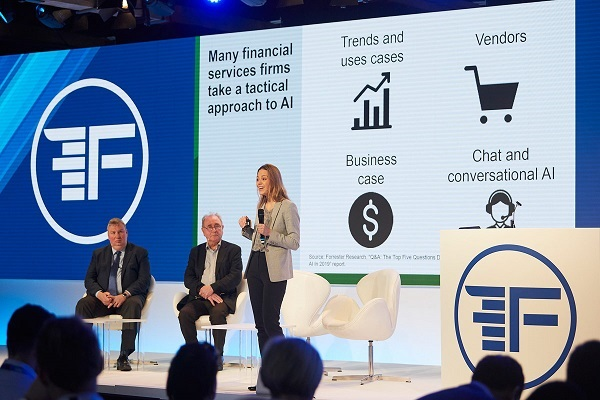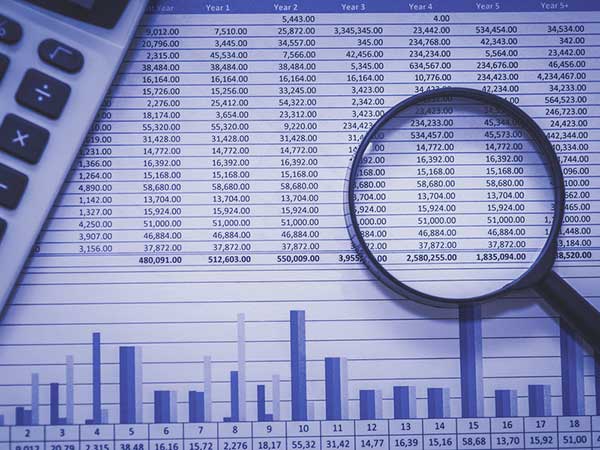Just about every industry has something to say about big data. It’s changing the way bookies make predictions; helping sports coaches make better decisions, and furnishing healthcare companies with the tools to improve patient care. The phenomenon has already produced significant enhancements for payment processors too.
Cryptocurrency
With 2015’s launch of Apple Pay and Android Pay, mobile wallets in particular are gaining traction with the most tech-savvy group in history – millennials.
Apple’s option alone grew 500% in Q3 2016, an increase that, admittedly, has a great deal to do with adding support in extra countries like the UK and Canada but company chief Tim Cook recently claimed that three quarters of all mobile, contactless payments in the United States were courtesy of Apple Pay.
Digital options aren’t just the domain of major tech companies now either. Brands in the casino industry in particular have adopted niche payment methods like cryptocurrency (Bitcoin owes much of its early growth to support from iGaming companies) while MrSpin, a British company, offers a way for players to make a deposit by phone.
The latter option means that gamers can play MrSpin’s unique slot machines without having to pay for them until the end of the month, when their phone bill comes in. The website affords visitors the extra security of not having to hand over any credit card details while daily limits on deposits ensure that play remains affordable.
Competing Against Banks?
So, where does big data fit into mobile payments? Ignoring the fact that it provides metrics for retaining customers and improving services, the benefits of big data for payment processors are indirect; namely, their success is starving banks of the information they need to appeal to their existing user base, driving growth in apps like Android Pay.
According to the Financial Times, Chinese app Alipay knocked a reported $20bn off banks’ fortunes in 2015. It’s not so much that people aren’t using banks (Alipay is still linked to users’ bank accounts) but that the more traditional financial institutions don’t know where money is being sent when consumers pay with a mobile app.
Big data tells a story and can reveal far more about customers’ lives than they may like. A $150 withdrawal every Friday might indicate a party animal; a sudden surge in savings suggests a major purchase on the horizon (like a house) while daily fees at coffee stalls and public transport booths hint at the life of a commuter.
The ability to make rough guesses around a customer’s wants and needs is important to banks and lenders. That commuter might be in the market for a car and be especially receptive to marketing about loans. Equally, there’s nobody more interested in mortgages than people saving to buy their first house.
Millennials
As far as big data is concerned, banks have a common enemy in millennials. A study by CCG Catalyst indicated that only 6.5% of people born between 1980 and 2000 want a digital wallet owned by a bank as opposed to a hip, modern brand like Apple, Google and PayPal, the latter of which is the preferred company, favored by almost 50% of millennials.
In other words, banks’ fading access to big data is only going to get worse if mobile apps continue to serve the whims of technophiles better than the old brick-and-mortar establishments. Banks made in-roads with contactless payments but carrying plastic is still an extra concern when card details work just as well on a mobile phone.
As a final prediction, expect banks to push their own mobile wallets in 2017; it’ll be a desperate move but one that’s necessary in the increasingly mobile-first world.

5 steps to lifelong financial security
Money...






















